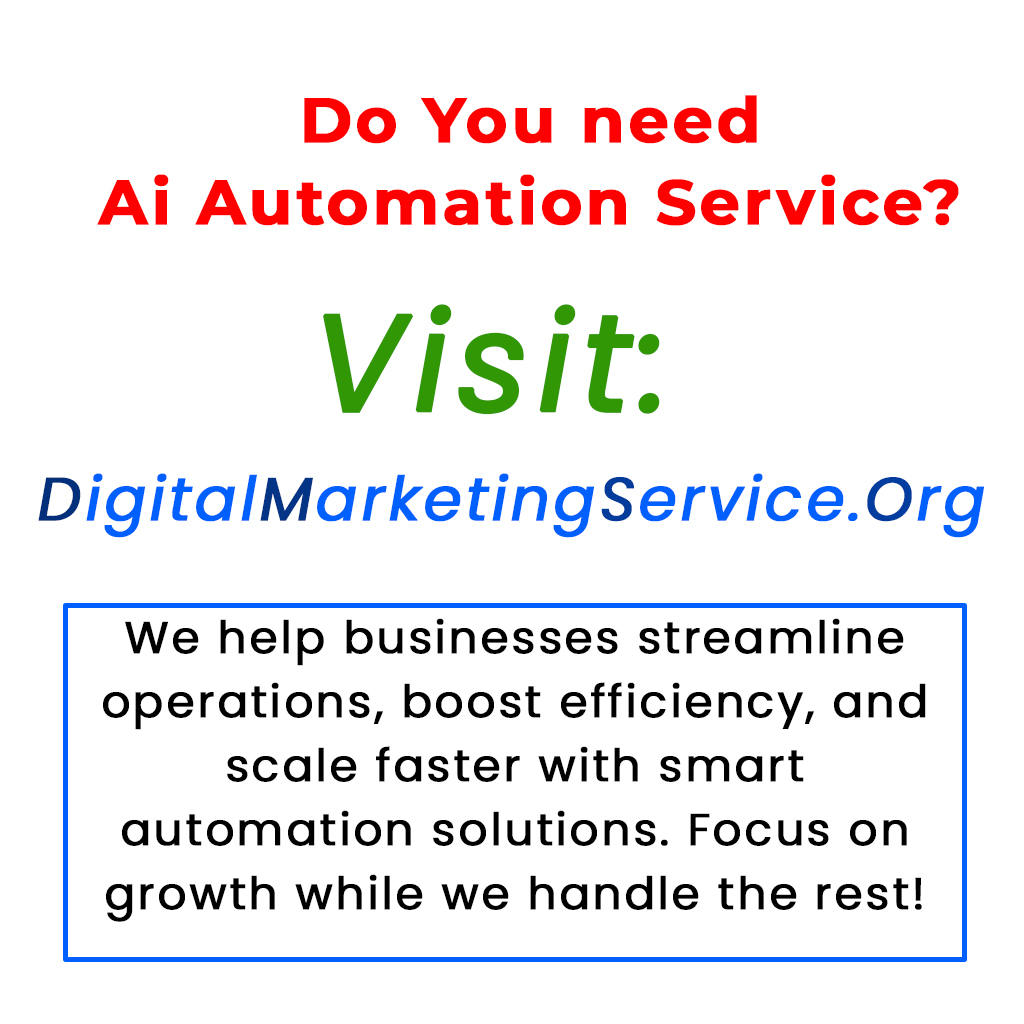Ema successfully integrated over 200 applications, including ticketing and HRIS systems, into their platform using Merge’s Unified API in just a few weeks. With the user-friendly Merge Link, customers can easily set up these integrations and authenticate them. Once connected, Ema’s AI agents can assist with various tasks, such as resolving customer issues by accessing historical data or helping employees handle requests like PTO by checking company policies and balances. This seamless integration empowers Ema’s users to enhance their experience and streamline processes across multiple applications, making it easier for them to get the help and information they need efficiently.
Ema Expands Integrations with Merge’s Unified API
Ema has made impressive strides in enhancing its platform by integrating over 200 applications, including ticketing, CRM, ERP, HRIS, ATS, and file storage solutions. By leveraging Merge’s Unified API, Ema has streamlined the integration process, making it easier than ever for its customers to connect their favorite apps.
Integration Made Simple with Merge Link
Setting up these integrations is straightforward. Users can navigate to the Integrations tab in Ema’s platform and select the application they want to link. Once they click on the desired application, Merge Link—a user-friendly interface—appears. Users can easily authenticate their accounts and start the integration process. An initial sync occurs afterward, which can happen in real-time or daily, depending on the user’s needs.
Ema’s AI functionality shines with these integrations. With access to data from different applications, Ema’s AI agents can resolve customer issues and fulfill employee requests efficiently. For instance, if a customer encounters a login problem, the AI Agent Assistant can quickly find solutions from the integrated ticketing system. Once a human agent approves it, the AI can take care of resolving the issue and notify the customer.
Enhancing Employee Experience
Ema’s AI Employee Assistant is another powerful feature that simplifies HR-related requests. When an employee submits a request, like taking paid time off, the AI agent can check relevant company policies and PTO balances from the HRIS. If everything is in order, the agent handles the request seamlessly, saving time for both employees and HR teams.
With these integrations, Ema is not only demonstrating its commitment to innovation but also making daily tasks easier for users across industries.
In summary, Ema’s collaboration with Merge’s Unified API is transforming how users interact with their applications, leading to quicker issue resolution and improved employee experiences.
Tags: Ema, Merge, Unified API, Integrations, HRIS, AI, CRM, Ticketing Solutions, Employee Experience
What is Ema, and how do they use Merge?
Ema is a company that creates AI agents to help businesses by handling various tasks. They use Merge’s cross-category integrations to connect different software and data sources, making their AI agents smarter and more efficient.
What are cross-category integrations?
Cross-category integrations allow different software systems to work together smoothly. For Ema, this means they can pull in information from various tools, like customer support and social media, to enhance their AI agents’ performance.
How do these integrations improve Ema’s AI agents?
By using Merge’s integrations, Ema’s AI agents can access a wider range of data. This helps them provide better responses, understand customer needs more effectively, and streamline processes for businesses.
Can other companies benefit from Merge’s integrations like Ema?
Yes, many companies can benefit from Merge’s integrations. If they use different software systems, Merge can help connect them, making operations smoother and allowing teams to access important information easily.
Is it easy to set up Merge’s integrations for businesses?
Yes, setting up Merge’s integrations is usually straightforward. Merge has user-friendly tools that help businesses connect their software quickly, allowing them to focus more on their work and less on technical issues.






